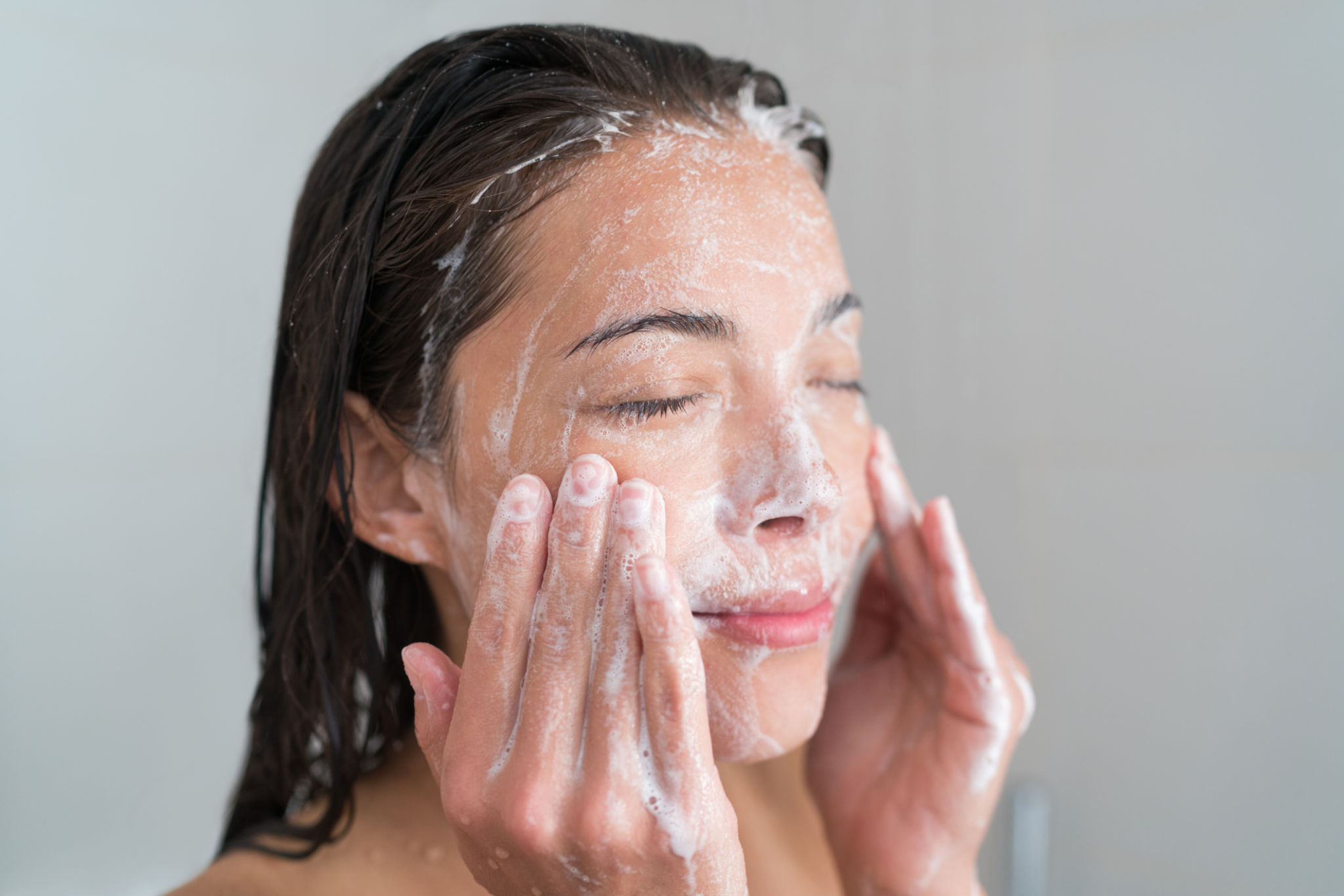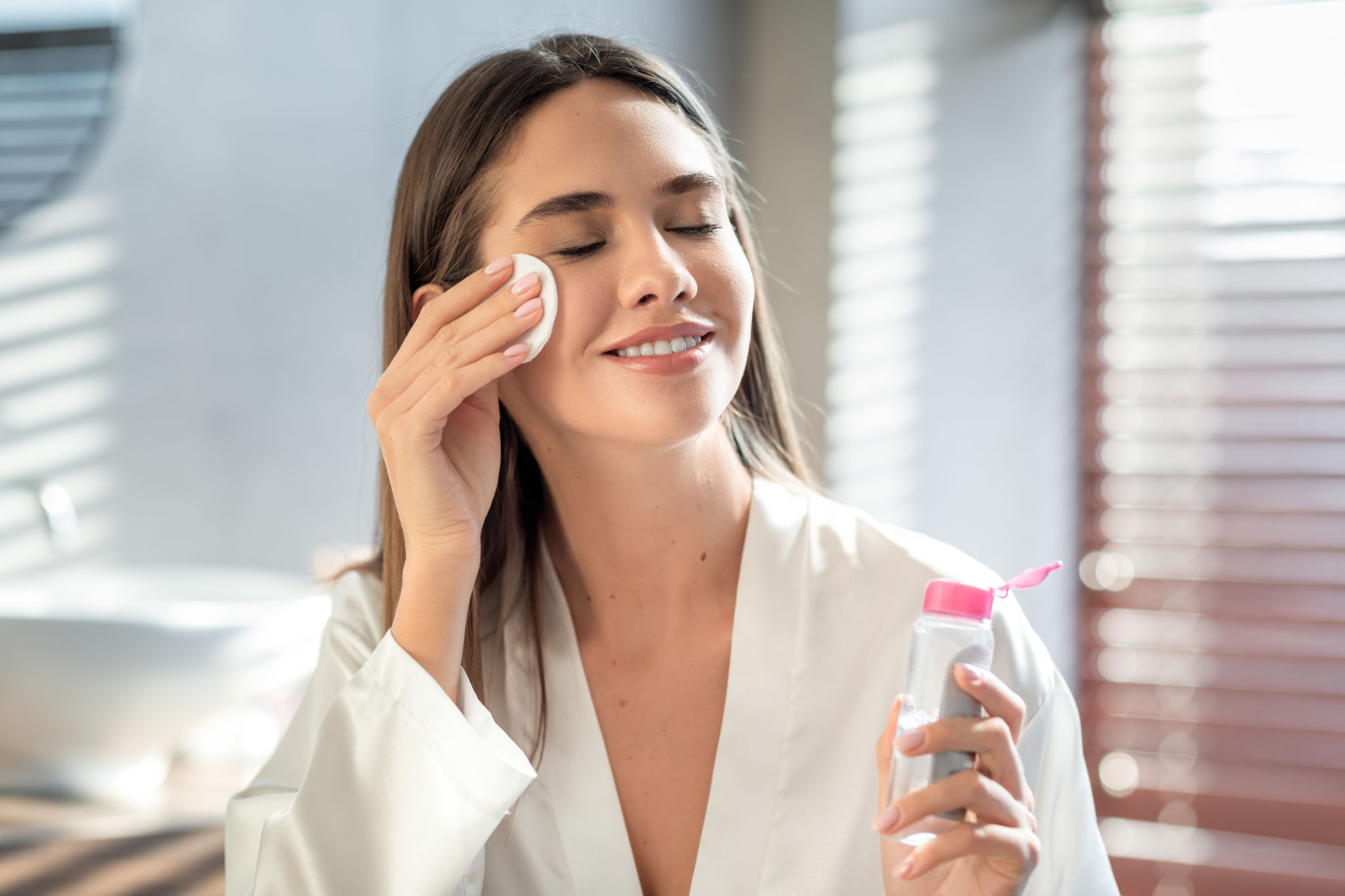The Ultimate Guide to Face Cleansing: Achieve Healthy, Glowing Skin
Face cleansing is the foundation of any good skincare routine. Properly cleansing your face removes dirt, oil, and impurities, keeping your skin clear, healthy, and radiant. But with so many cleansers and techniques, figuring out what works best for your skin type can be overwhelming. Whether you have oily, dry, sensitive, or combination skin, understanding how to cleanse your face correctly is critical to achieving a glowing complexion.
In this ultimate guide, we'll discuss the importance of cleansing, the best techniques, how to choose the right cleanser for your skin type, and tips for getting the most out of your daily routine.

Why Cleansing is Crucial for Your Skin
Cleansing isn't just about removing makeup or washing off the day's grime—it's about giving your skin a fresh start every day and night. Your skin accumulates dirt, oil, dead skin cells, and environmental pollutants throughout the day. Without proper cleansing, these impurities can clog pores, lead to breakouts, and accelerate signs of aging.
Benefits of Cleansing:
- Removes dirt and excess oil: Prevents clogged pores and acne.
- Boosts hydration: Prepares the skin to absorb serums and moisturizers more effectively.
- Prevents premature aging: Cleansed skin can better absorb antioxidants and anti-aging products.
- Promotes healthy skin regeneration: Helps remove dead skin cells and encourages cell turnover.
Choosing the Right Cleanser for Your Skin Type
Not all cleansers are created equal. Using the wrong one can strip your skin of essential oils, cause irritation, or worsen certain skin conditions. Here's a breakdown of what cleanser works best for each skin type.

- For Oily Skin
Oily skin overproduces sebum, leading to shiny skin and clogged pores. Foaming or gel-based cleansers are ideal for oily skin because they help remove excess oil without leaving your skin feeling greasy.
CeraVe Foaming Facial Cleanser is a popular choice for oily skin. It removes oil and dirt without stripping the skin, thanks to its gentle formula containing ceramides and hyaluronic acid.
- For Dry Skin
If you have dry skin, opt for a hydrating, cream-based cleanser. These cleansers clean your skin without removing moisture and help restore the skin's natural barrier.
La Roche-Posay Toleriane Hydrating Gentle Cleanser is perfect for dry skin. Its creamy texture cleanses while replenishing moisture.
- For Sensitive Skin
Sensitive skin requires extra gentle care. Look for fragrance-free, hypoallergenic cleansers to soothe irritation without disrupting the skin's balance.
Avène Gentle Milk Cleanser is a calming, milk-based cleanser that removes dirt and makeup while keeping sensitive skin soft and irritation-free.
- For Combination Skin
Combination skin can be tricky since it's both oily and dry in different areas. Use a balanced, hydrating cleanser that removes excess oil without tightening the skin.
Fresh Soy Face Cleanser is great for combination skin. It gently cleanses without stripping while providing hydration to balance out different areas of the face.

- For Acne-Prone Skin
You want a cleanser for acne-prone skin that tackles bacteria and excess oil but also soothes inflammation. Cleansers with salicylic acid or benzoyl peroxide can be very effective for this type of skin.
Neutrogena Oil-Free Acne Wash contains salicylic acid, which helps treat and prevent breakouts by gently exfoliating and removing excess oil.
Cleansing Techniques: How to Wash Your Face Properly
While choosing the right product is crucial, how you cleanse your face can also impact your skin's health. Follow these steps to ensure you're cleaning your skin effectively without irritating it.

- Start with Clean Hands
Before touching your face, make sure your hands are clean. This prevents dirt and bacteria from transferring to your skin and causing breakouts. - Use Lukewarm Water
Hot water can strip your skin of natural oils, leaving it dry and irritated. Stick to lukewarm water to open your pores without damaging your skin's barrier. - Apply Cleanser in Circular Motions
Gently massage your cleanser into your skin using circular motions for 30-60 seconds. Pay extra attention to areas prone to oil buildup or makeup residue, like the T-zone (forehead, nose, and chin). - Avoid Over-Cleansing
Twice a day—morning and night—is the sweet spot for cleansing. Over-cleansing can strip your skin of its natural oils, leading to dryness or causing your skin to overcompensate by producing more oil. - Pat Your Face Dry
After rinsing, gently pat your face dry with a soft, clean towel. Avoid rubbing, which can cause irritation and fine lines over time.
Double Cleansing: A Must for Makeup Wearers
If you wear makeup or sunscreen daily, consider incorporating the double cleansing into your routine. Double cleansing involves using an oil-based cleanser first to break down makeup and sunscreen, followed by a water-based cleanser to remove dirt, oil, and impurities. This method removes all traces of makeup and grime, allowing your skin to absorb treatments and moisturizers fully.

Step 1: Oil-Based Cleanser
An oil-based cleanser dissolves makeup, sunscreen, and excess oils without clogging pores.
DHC Deep Cleansing Oil effectively melts away makeup and dirt while nourishing the skin with olive oil.
Step 2: Water-Based Cleanser
Follow up with a gentle water-based cleanser to wash away any remaining impurities.
Youth to the People Superfood Cleanser is a lightweight gel cleanser packed with antioxidants, perfect for the second step of double cleansing.
Cleansing Tools: Should You Use Them?
Cleansing tools can enhance your routine by offering deeper exfoliation and a more thorough clean. However, they're not essential and should be used sparingly, especially for sensitive or acne-prone skin.
Cleansing Brushes
Cleansing brushes like the FOREO LUNA 3 use silicone bristles and gentle vibrations to cleanse deep into your pores, removing excess dirt and oil. They're effective for a deeper clean but should be used only a few times weekly to avoid over-exfoliation.

Face Cloths or Sponges
For a more affordable option, a soft muslin cloth or konjac sponge can gently exfoliate and enhance your cleansing routine. Just be sure to wash and dry them properly to avoid bacteria buildup.

Post-Cleansing: What Comes Next?
After cleansing, your skin is primed and ready to absorb any treatments, serums, or moisturizers. Here's what you should do after washing your face:
- Apply a Toner
A toner helps restore your skin's pH balance and removes any leftover traces of dirt or makeup. Choose an alcohol-free formula to avoid drying out your skin.
Thayers Witch Hazel Toner is a cult favorite. It is formulated with soothing witch hazel and rosewater to hydrate and balance skin.
- Use a Hydrating Serum
After toning, apply a hydrating serum with ingredients like hyaluronic acid to lock in moisture.
The Ordinary Hyaluronic Acid 2% + B5 delivers intense hydration and plumps the skin, creating a smooth, hydrated base.
- Don't Forget Moisturizer
Seal everything in with a good moisturizer suited to your skin type. This step locks in hydration and keeps your skin soft and protected.
CeraVe Moisturizing Cream is ideal for most skin types, as it hydrates deeply without clogging pores.
Expert Tips for Better Cleansing
- Avoid harsh scrubs: Physical exfoliants with large particles can cause micro-tears in your skin. Stick to gentle chemical exfoliants like AHA or BHA.
- Consistency is vital: Cleanse your face every morning and night to maintain clear, healthy skin.
- Don't skip SPF: Even after a thorough cleanse, your skin is still vulnerable to UV damage, so apply sunscreen during the day.
Conclusion
Face cleansing is the cornerstone of any effective skincare routine. It helps remove impurities, balance oils, and prepare your skin for treatments. Choosing the right cleanser for your skin type and following proper techniques ensures your skin stays clean, healthy, and radiant. Whether you opt for double cleansing or a simple routine, the right approach to cleansing will set the foundation for beautiful, glowing skin.
*Some of the links in this article are affiliate links, including links to products on Amazon. This means that if you click on a link and make a purchase, Beyond True Beauty may earn a small commission at no extra cost to you. As an Amazon Associate, we earn from qualifying purchases. We only recommend products and services that align with our values and that we believe will provide value to our readers. Thank you for supporting Beyond True Beauty by using our links.
